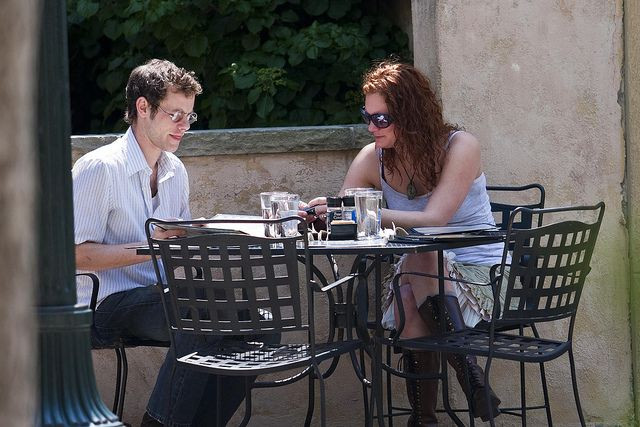Lunch With Your Ex Can Serve Up Jealousy for Your Current Partner

Your lover was angry because you had lunch with your ex? Turns out that it is never "just lunch." According to new research, lunch isn't just a meal but a way of bonding between romantic partners.
“Our research suggests that sharing lunch involves more than the physical consumption of calories,” write co-authors Kevin M. Kniffin, a postdoctoral researcher at Cornell University’s Dyson School of Applied Economics, and Brian Wansink, the director of Cornell’s Food and Brand Lab.
Researchers recruited 79 participants aged between 18 and 22 for the study. The participants were given vignettes and were asked to describe how they'd react to a particular hypothetical situation. For example, if your present romantic partner met his/ her ex-partner over lunch, how jealous you would feel. Participants were asked to rate their jealously on a scale of 1 to 5, with 5 being very jealous.
Even mundane activities like eating can be a reason for jealousy
The researchers worked on the idea that commensality- or eating together- isn't just about food, but is a way by which people get closer to each other in a society. Commensality also affects how people in romantic relationships connect to each other even today where partners might not get time to eat together. The research findings suggest that both men and women get jealous if they find that their lovers were eating with their exes.
“It’s key to remember that from your spouse’s perspective, it’s not ‘just lunch.’ While meals can strengthen social relationships, they can also destroy them,” Wansink said.
To stay out of trouble go for coffee instead of lunch because coffee is seen as more platonic when compared to a meal.
“We consistently found that meals elicit more jealousy than face-to-face interactions that do not involve eating – such as having coffee. These results are consistent for both men and women," Kniffin said.
Also, while communicating with your ex, stick to emails because the researchers also found that emails elicited less jealously than phone conversations.
The study was published in PLoS ONE.



























